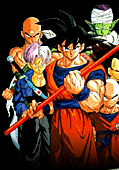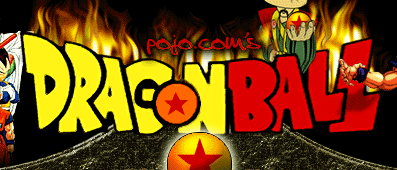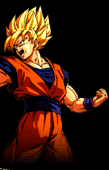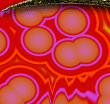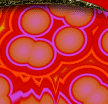|
Japanese
Lessons
Lesson 1 -
The Basics
The most significant unit for the Japanese language is made of a vowel
(continent +). By saying that, when an English person sees the word
"me," he/she makes it in their brain that the word is made up of an
"m" sound and an "e" sound. To a Japanese person, they see "me", as
in pronounced, "met", it only has one sound, because, to them, there
is no such a thing as an "m" in itself in Japanese. So, that is why
when you see a Japanese person speaking English, it is difficult to
them. When English person says the word, "hat", the Japanese people
will add a vowel or two a the end of a consonant, and make it, "hatto"
or "hatsu."
There
are five vowels in the Japanese language, such as English, a, like in
fat, e, like in sent, i, like in bee, o, like in mom, and u, like in
rude. When writing in Japanese, they don't write it, a-e-i-o-u, like
in English, but, a-i-u-e-o. But, aside from those five sounds, adding
the consonants with the vowels makes the rest of the Japanese language,
to form a consonant-vowel word. Below is the sound of the consonant-vowels
that make up Japanese. Some of the things you see below you will think
I didn't fill in. I didn't. They just don't say any word whatsoever
for that sound.
k s t
n h m y r w a
ka sa ta na ha ma ya ra wa
i ki shi chi ni hi mi ri
u ku su tsu nu fu mu yu
ru e ke se te ne he me re
o ko so to no ho mo yo ro o
k as in kibbles
s as in so
t as in tock
n as in now
h as in ha
m as in more
y as in yes
r - r is made when you flick your tongue by its tip to the gum behind
your upper teeth
w as in won
n - before a b, p, or m; made as a "m" in "more" like the name "shinbun"
which means newspaper. Before a d, z, t, and n; made as a "n" in "now"
like the name "Honda." Before a g and a k at the end of a word; made
as a "ng" in "king" like in the name "manga" which means comic book.
In addition to those sounds, there is something for modified sounds
as in
"ha-". a i u e o
p pa pi pu pe po
p as in pick
In addition to those sounds, there is something for modified sounds
as in "ka-", "sa-", "ta-", and "ha-". With these words, you put a "
next to the symbol.
a i u e o
g ga gi gu ge go
g as in gone
z za zi ze zo
z as in zong
b ba
bi bu bo bo
b as in ball
d da
(ji) (zsu) de do
d as in dumb
There
is one more section for the vowels and consonants, and that is a "y",
as in like yo.
kya kyu kyo
gya gyu gyo
sha shu sho
ja ju jo
cha chu cho
nya nyu nyo
hya hyu hyo
bya byu byo
pya pyu pyo
mya my myo
rya ryu ryo
Although in the Japanese language of words, there are sometimes a combination
of a consonant and a vowel, so that some words have two consonants in
one. This only happens with the letters, k, s, t, and p. "K", as in
shikkari. "S", as in massugu. "T", as in motto. "P", as in yappari.
The first consonant in the word is the complete length of a full word.
Mostly,
two vowels that are put together have a long sound.
Like: b"ru (beer) and sotsu (suits)
It is
very crucial that you pay attention to a long vowel sound, because,
when a long vowel is properly said, the word could be different. In
the above example, if you said b" ru as in biru, it could possibly mean,
"building". To not do that, it is important that you say the words just
right, as to not embarrass yourself.
Here are
some other ways to know what you are doing:
Ryok" - travel
Ry"ko - persons name
Shojin - prisoner
Shujin - master/husband
K'do - card
Kado - corner
T"ri - street
Tori - bird
When you read and say the word one at a time, be sure to say the vowels
right, like, "o".
In particles,
which are in the next lesson(s), you should properly separate the words
from the prior. Like, "Hon o yomimasu" which is I read a book, English
people will say, "Hono yomimasu." Make sure that you say the "o" an
object marker, independent from Hon. Otherwise; you will have to be
assumed you said, "hono" as one word, and no one will understand you.
|
